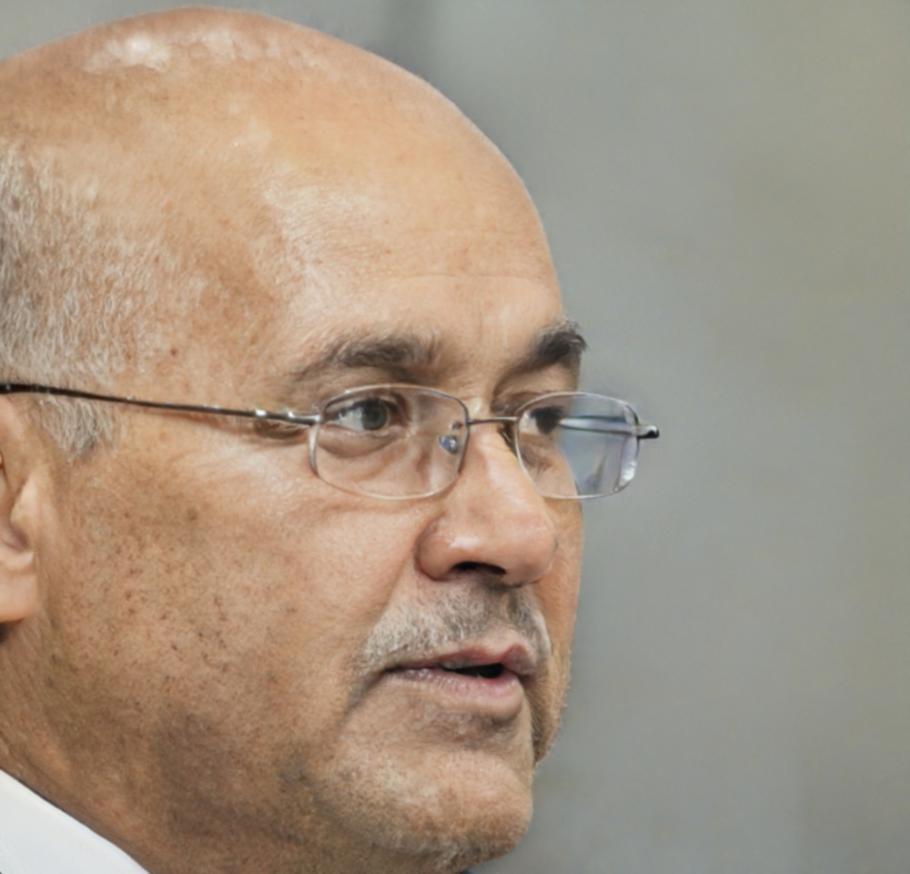How We Actually Teach Budget Analysis
Look, most finance courses throw textbooks at you and call it education. We built something different here. Our approach centers on real patterns you'll spot in actual household budgets, not theoretical models that exist nowhere outside academia.
Building Financial Intuition Through Real Data
We start with something pretty straightforward. You get your hands on genuine budget datasets from Australian households across different income brackets. Not sanitized examples—actual spending patterns with all their messy contradictions.
Here's what makes this work: you're pattern-matching from day one. Week three, students typically spot seasonal variations they never noticed in their own spending. By week seven, most can predict quarterly fluctuations with surprising accuracy.
- Work with anonymized datasets reflecting genuine Australian spending habits
- Learn trend identification through hands-on analysis, not memorization
- Develop practical skills that transfer directly to budget consulting roles
- Understand how economic shifts actually affect household finances



You're Not Learning Alone
One thing we noticed over the years—students learn faster when they're bouncing ideas off each other. So we built that into the structure. You'll work in small groups, typically four people, each bringing different perspectives to budget analysis.
Tuesdays and Thursdays are collaborative sessions. You might spend two hours dissecting why a particular household's grocery spending spiked in March 2024, or why their entertainment budget dropped consistently after winter. These discussions get surprisingly intense.
And honestly? The peer review component is where a lot of breakthroughs happen. Someone else will spot an assumption you made that doesn't hold up. Or they'll connect two trends you analyzed separately. That back-and-forth sharpens your analysis more than any lecture could.
Enrollment for September 2025 cohort opens June 1st. We cap groups at 20 students to maintain quality interactions, so spots fill up relatively quickly each intake period.
What You'll Actually Be Able to Do
We're not promising overnight transformations here. But students typically see noticeable skill development within the first eight weeks. Here's what that progression generally looks like:
Early Pattern Recognition
Most students can identify basic spending patterns within three weeks. You'll spot recurring expenses, seasonal variations, and obvious anomalies in budget data fairly quickly.
Deeper Trend Analysis
Around week six to eight, more complex correlations start clicking. You begin connecting external factors—interest rate changes, local events—to household spending shifts.
Predictive Capability
By program completion, students often forecast quarterly budget trends with reasonable accuracy. Not perfect predictions, but solid educated projections based on pattern analysis.

Want to See Our Full Curriculum?
The complete program breakdown includes week-by-week modules, dataset examples, and detailed information about group project structures. We update it quarterly based on industry feedback and student outcomes.
View Learning Program